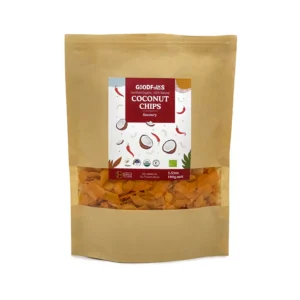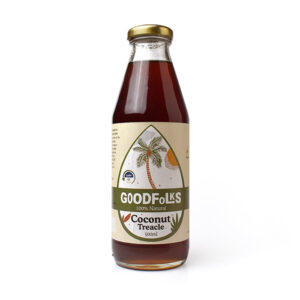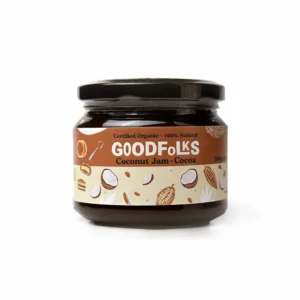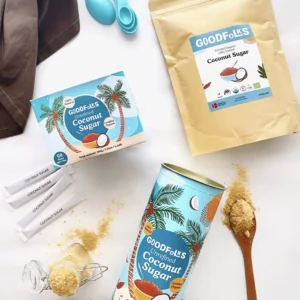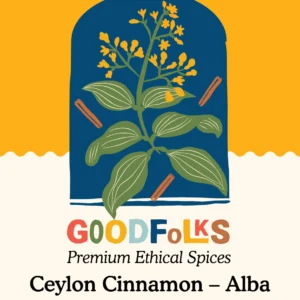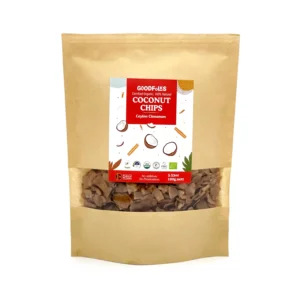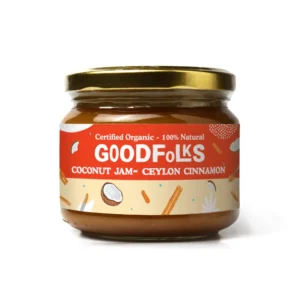Description
- Organic Sri Lankan Virgin Coconut Oil is the World’s Most Sought After
- Made from fresh coconuts, handpicked from the lush coconut groves of Puttalam, Sri Lanka
- 100% natural and perfectly transparent with 24 month shelf life
- Cold-pressed and filtered to ensure that it retains all of its natural flavor and aroma.
- Unrefined, unfermented, unbleached and no added solvents
- Sustainable and ethically sourced
- A healthier alternative to other cooking oils and is suitable for high-temperature cooking such as frying, sauteing, and baking.
- Also suitable for personal care (natural moisturiser and can be used as a skin and hair conditioner, for oral health and weight loss)













